 |
 |
 |
| |
Kaposi disease in HIV-infected patients with suppressed HIV viremia: the experience of the French national multidisciplinary committee ONCOVIH - New Kaposi disease in 21 people with 3 years of HIV control in France
|
| |
| |
22nd International AIDS Conference, Amsterdam, Netherlands, July 23-27, 2018
Mark Mascolini
Twenty-one people with years of HIV suppression had newly diagnosed Kaposi disease (KD) in a nationwide French analysis [1]. The cancer continued to progress in some people and conventional therapies often proved toxic, findings leading the authors to fear a "therapeutic dead-end" for KD.
Kaposi sarcoma emerged as a hallmark AIDS-defining disease early in the epidemic. Incidence of this aggressive malignancy declined in the combination antiretroviral era. But a 466-patient review in 2016 found that KD appeared at higher CD4 counts and lower viral loads over time, and it occurred more frequently after antiretroviral therapy (ART) began [2].
ONCOVIH, a French team of HIV cancer experts, has a twice-monthly teleconference on cancer cases in people with HIV. They undertook a new analysis of KD in HIV patients referred to the committee from May 2014 to December 2017. During that period the KD cases discussed ranked behind only lung cancer in frequency (74 cases versus 96) and well ahead of non-Hodgkin lymphoma (58 cases), anal cancer (32), or liver cancer (9). The ONCOVIH team aimed to describe "clinical, biological and therapeutic characteristics of virally suppressed HIV-infected patients with Kaposi disease."
All participating people with HIV had taken ART for at least 12 months and had a viral load below 50 copies at diagnosis of a first or recurrent KD episode. The analysis began with 72 people with KD. Twenty-one of them (29%) had an undetectable HIV load at diagnosis, 39 (54%) had a detectable load, and viral load data were not available for the remaining patients.
Among the 21 virally suppressed people with KD, 17 (81%) were men, median age stood at 54, time since HIV diagnosis at 14 years, and time since virologic suppression at 3 years. Almost half of participants (47%) were taking an integrase inhibitor, 32% a nonnucleoside, and 21% a protease inhibitor. Median CD4 count at KD diagnosis measured 449 and CD4/CD8 ratio 0.58 (normal 1.0 or higher). Almost half of the group (48%) had a CD4 count above 500, 33% had a count between 200 and 500, and 19% had a lower count. Median CD4 count was lower in people with a first KD diagnosis than in those with recurrent KD (375 versus 478).
Among 20 people with available data, 8 (40%) had their first KD diagnosis and 12 (60%) a recurrent episode. KD involved the skin in all 21 people, but also lymph nodes in 6, bone in 4, bronchi in 4, esophagus and stomach in 3, and mucous membrane in 1.
Ten of 19 people had not yet received treatment for KD. Of the 9 people who had previous treatment, 7 received anthracyclines, 3 taxanes, and 2 other agents (bleomycin and IFN-alpha). The ONCOVIH committee proposed 14 new treatments, usually involving anthracycline or a taxane. They recommended that 17 people continue their current antiretrovirals (with renal function monitoring in 1 case) and proposed that 4 people change their antiretrovirals because of drug-drug interactions (3 people) or resistance to treatment (1 person). Through a median follow-up of 25 months in 16 people, KD regressed in 6, stabilized in 6, and progressed in 4.
The ONCOVIH committee registered several therapeutic concerns: (1) Most patients were referred because of recurrent KD. (2) Most patients had previous KD therapy. (3) KD was progressing despite current therapy. (4) Conventional chemotherapies are toxic, suggesting a "therapeutic dead-end." The group called for evaluation of alternative therapeutic strategies, such as immunotherapy with anti-PD-1 agents [3].
References
1. Palich R, Veyri M, Valantin MA, et al. Kaposi disease in HIV-infected patients with suppressed HIV viremia: the experience of the French national multidisciplinary committee ONCOVIH. AIDS 2018: 22nd International AIDS Conference, Amsterdam, Netherlands, July 23-27, 2018. Abstract WEAB0105.
2. Yanik EL, Achenbach CJ, Gopal S, et al. Changes in clinical context for Kaposi's sarcoma and non-Hodgkin lymphoma among people with HIV infection in the United States. J Clin Oncol. 2016;34:3276-3283. https://www.ncbi.nlm.nih.gov/pmc/articles/PMC5024548/
3. Alsaab HO, Sau S, Alzhrani R, et al. PD-1 and PD-L1 checkpoint signaling inhibition for cancer immunotherapy: mechanism, combinations, and clinical outcome. Front Pharmacol. 2017;8:561.
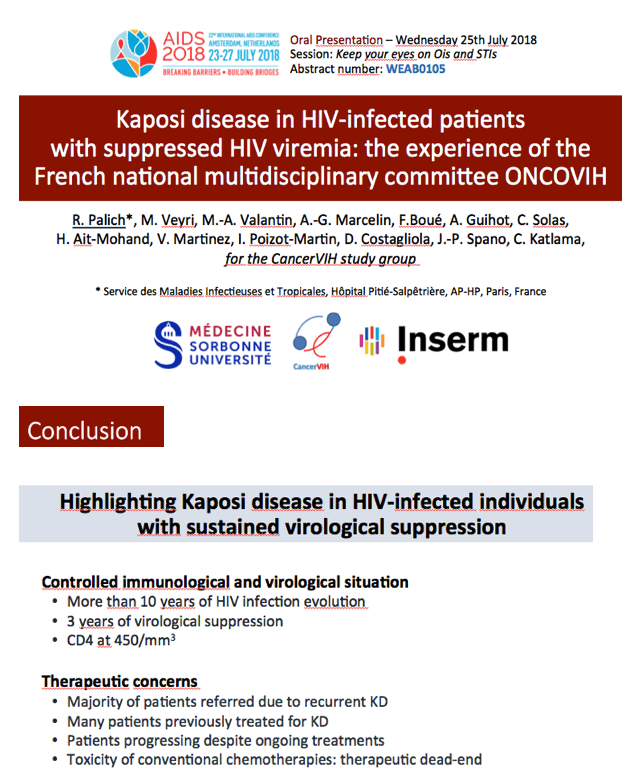
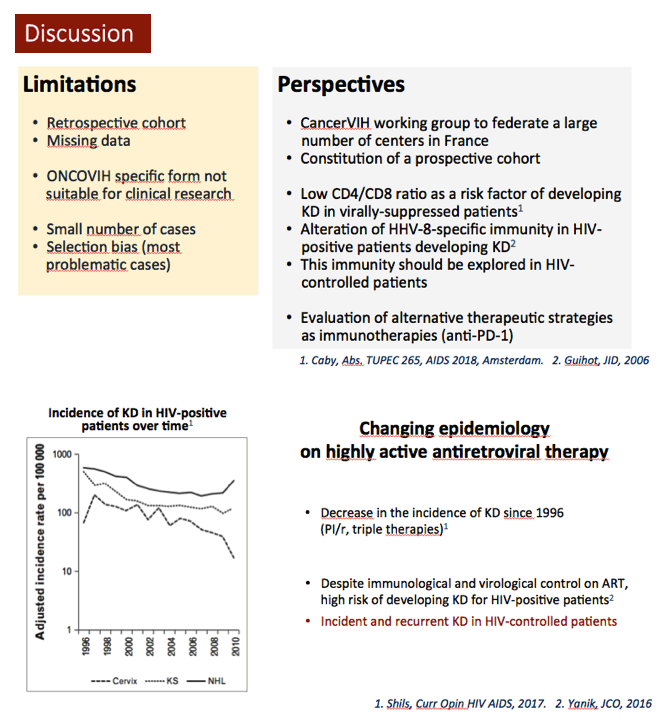
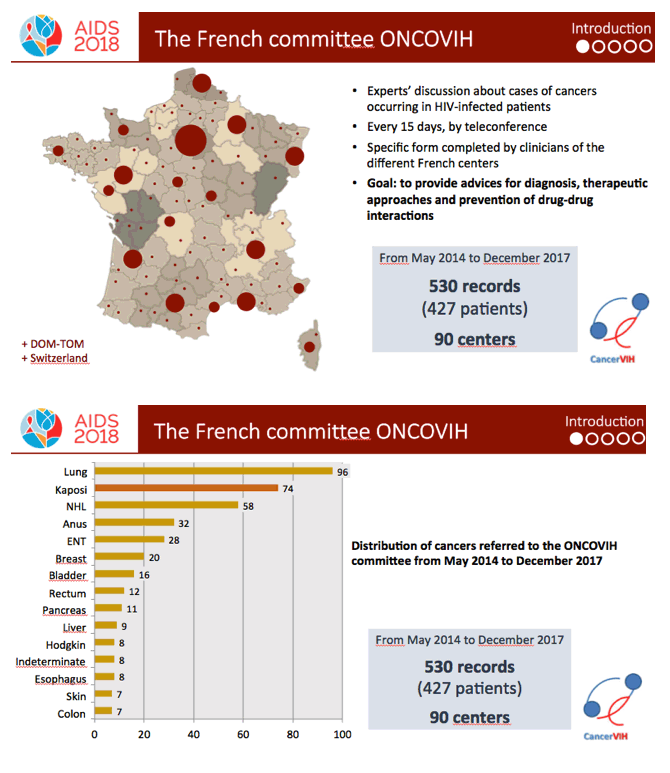
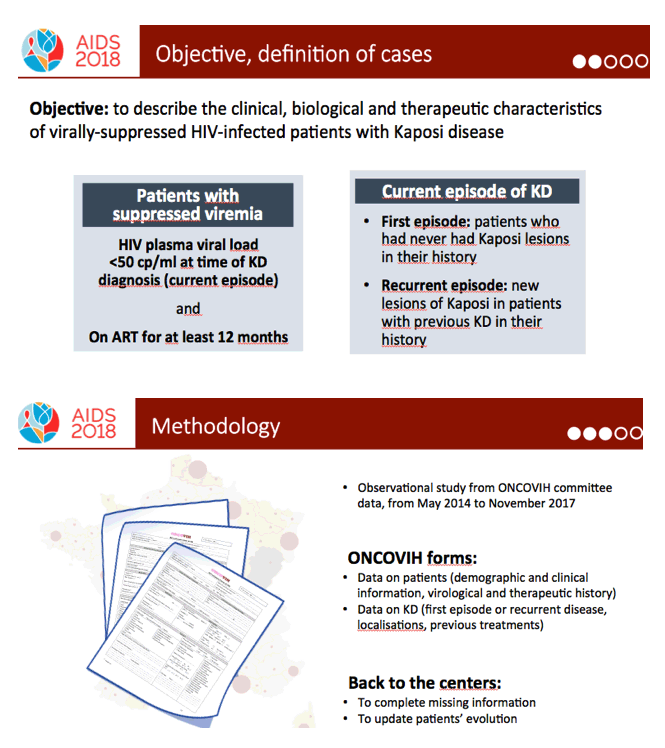
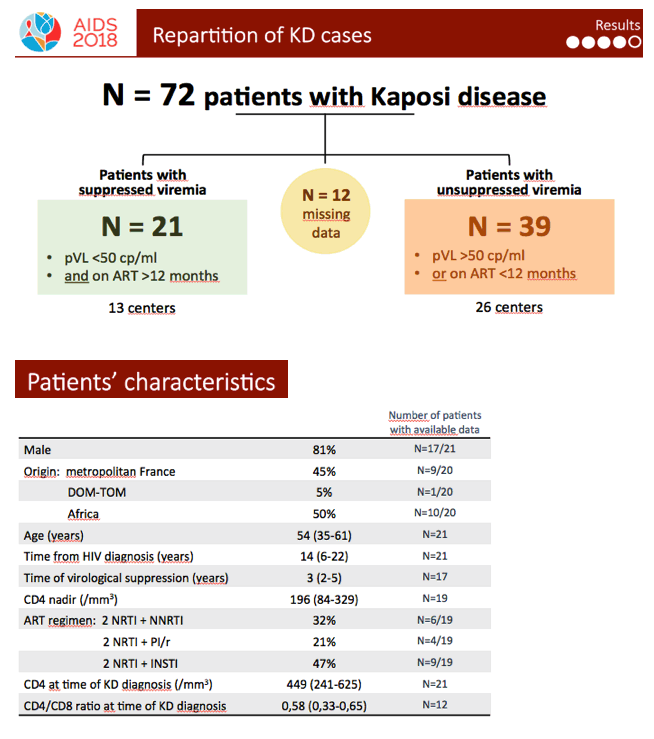
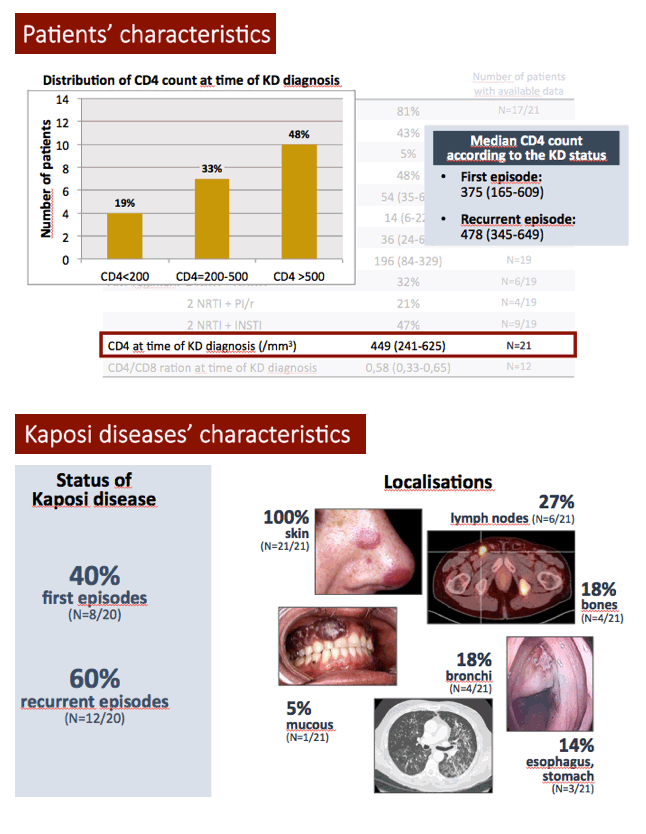
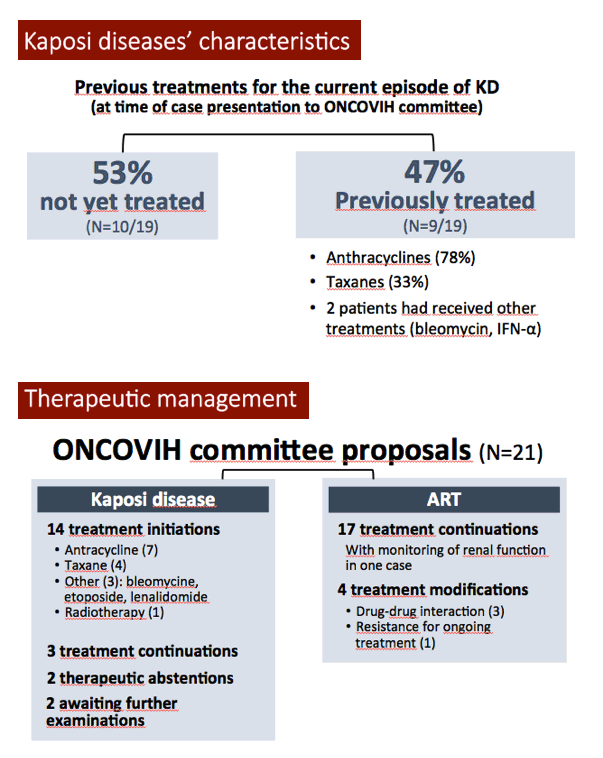
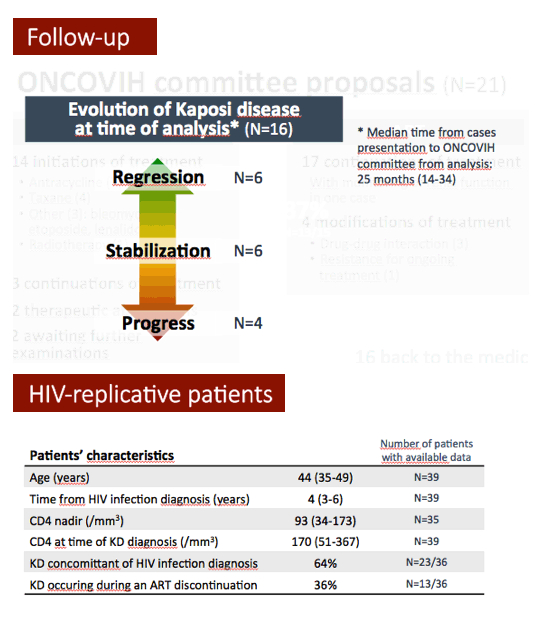
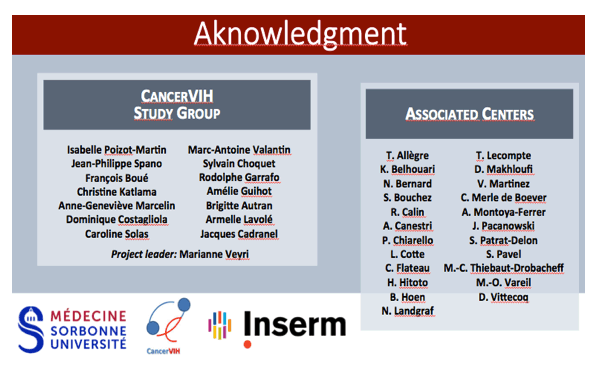
|
| |
|
 |
 |
|
|